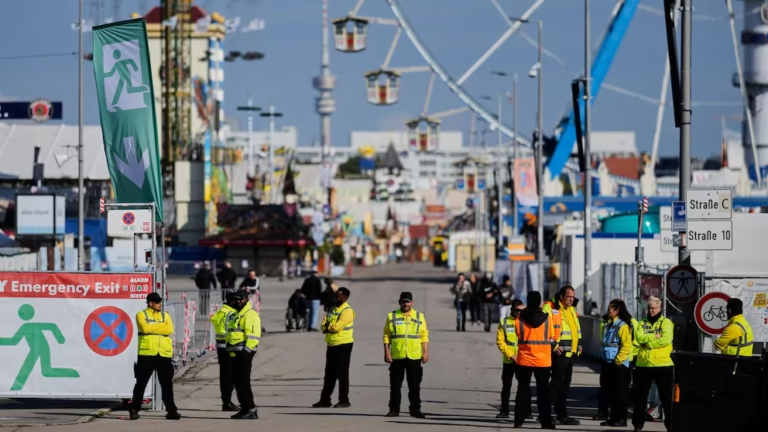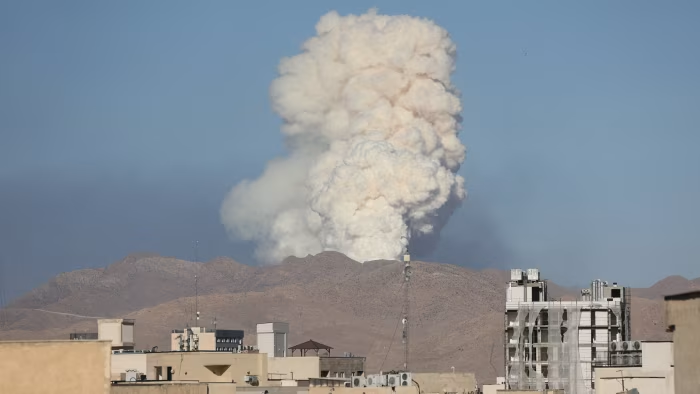The installation of a new Stalin statue inside a Moscow metro station has reignited fierce public debate. For some, it’s a tribute to a powerful historical figure. For others, it’s a reminder of repression and fear. This bold move has raised eyebrows both domestically and abroad.
Table of Contents
The bronze sculpture was unveiled without major public notice. Yet its presence has stirred intense responses from citizens, historians, and political commentators alike. Many question the intent behind reintroducing Stalin’s image into such a public space.
Divided Public Reactions
The new Stalin statue immediately sparked strong emotional reactions. Supporters argue that Stalin symbolizes national strength and Soviet victory during World War II. To them, the new Stalin statue reflects pride in Russia’s past achievements.
Read More: The Beauty and Mystery of Mount Semeru: Indonesia’s Majestic Volcano
On the other hand, critics see it as a troubling glorification of a regime known for purges, censorship, and mass imprisonment. Human rights advocates expressed concern, calling it an alarming step backward in preserving truthful historical memory.
Read More: Why China Became Extremely Wealthy So Quickly in Just a 4 Decades
Political and Cultural Implications
This act is more than just a new Stalin statue—it represents a deeper cultural struggle within Russian society. As public monuments shape collective memory, placing Stalin in the metro—a space used daily by millions—signals an attempt to reshape how the past is remembered.
Read More: Your Coffee Habit Could Be Linked to Healthier Aging
Historians warn that normalizing such figures through public art may distort historical understanding. They argue that honoring controversial leaders without critical context risks fueling authoritarian nostalgia.
Government’s Response
Authorities have defended the decision, claiming it reflects public demand and national pride. Officials insist the new Stalin statue is not a political endorsement but part of a broader historical art series in the metro.
Read More: 5 Relaxation Activities to Overcome Stress in Your Daily Life
However, transparency around the project remains limited. There was no formal consultation with civic groups or historians, sparking further distrust. The lack of public dialogue only intensified suspicions about the true motives behind the installation.
Echoes of Soviet Legacy
This is not the first time Stalin’s legacy has resurfaced in Russia. In recent years, statues, portraits, and exhibitions related to him have become more visible. These cultural signals reflect a shift in how some segments of society view Soviet history—with a growing sense of pride rather than trauma.
Read More: New Stalin monument in Moscow subway stirs debate
Yet such shifts are not without consequence. The new Stalin statue has become a lightning rod for debate over freedom of expression, political revisionism, and the balance between memory and propaganda.
The Power of Public Monuments
Monuments are never neutral. They carry messages, shape perception, and often serve political goals. By choosing to honor a polarizing figure like Stalin, the message conveyed—intentionally or not—affects how history is interpreted by future generations.
Read More: The Truth About MSG: Debunking Myths and Understanding Its Effects
As this story continues to unfold, one thing is clear: the debate around this statue isn’t just about the past—it’s about the direction Russia wants to take in the future.
Conclusion
The new Stalin statue in Moscow’s metro is more than art—it’s a symbol loaded with meaning. It has triggered a powerful wave of debate that reaches far beyond the station walls. Whether seen as homage or warning, this monument has reopened an old wound, demanding reflection on how history is remembered—and rewritten.



how to cycle dianabol
References:
how to take dianabol cycle (http://www.bitsdujour.com)